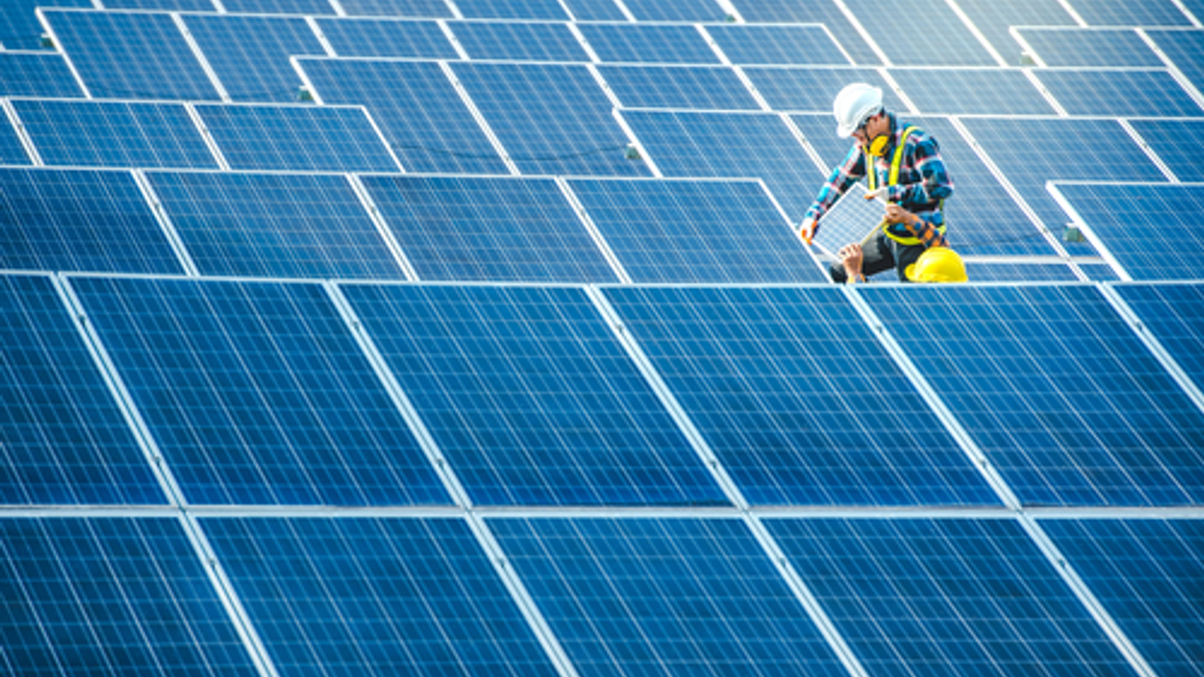Renewables: the hunt is on for suitable projects at the right price
Institutions in the region are voicing their concern about investing in environmental technologies that have been priced too high because of the demand for anything climate-related.

The UN’s Intergovernmental Panel on Climate Change (IPCC) report this month delivered a sobering assessment on the state of climate change. Described as a "code red for humanity" by UN chief António Guterres, the impending environmental catastophe is driving investors to intensify their search for investments that will tangibly help to reverse man-made global warming.
Sign in to read on!
Registered users get 2 free articles in 30 days.
Subscribers have full unlimited access to AsianInvestor
Not signed up? New users get 2 free articles per month, plus a 7-day unlimited free trial.
¬ Haymarket Media Limited. All rights reserved.


